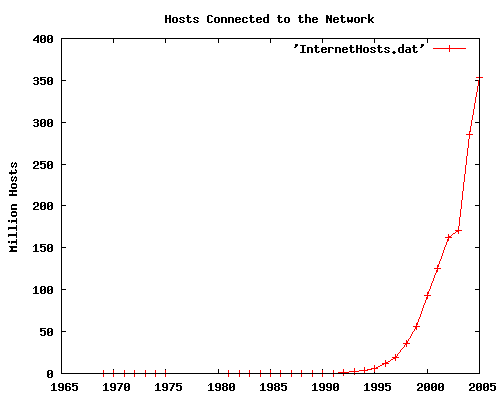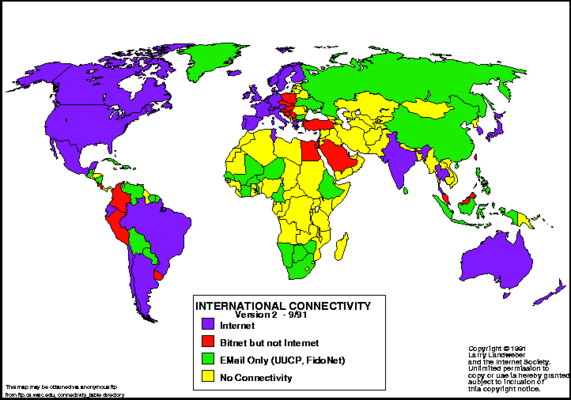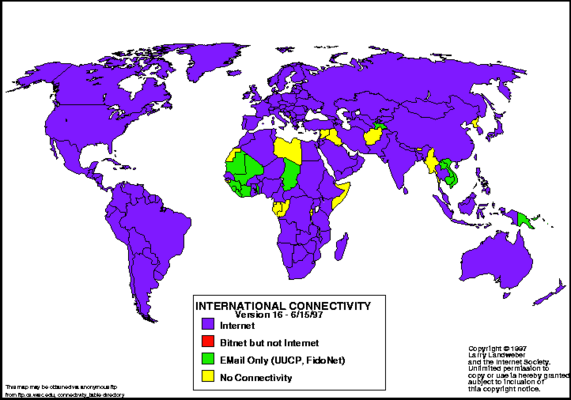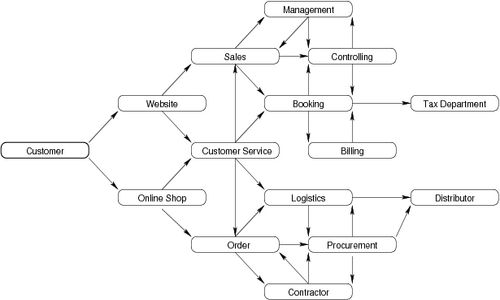More people reach the Internet day by day, and more businesses connect to and rely on it. The evolution of the Internet from a Tool of Restricted Audience to a Tool of Services for Every Nation became a story of success. Large amounts of information are exchanged through a high bandwidth network reaching the recipients within seconds, 24 hours a day, 7 days a week and 365 days a year.
The socialist Alvin Toffler argues that
the society is undergoing an enormous structural change, a revolution from an industrial society to a super-industrial society. This change will overwhelm people, the accelerated rate of technological and social change will leave them disconnected, suffering from “shattering stress and disorientation” – future shocked.
Toffler states that the majority of social problems are symptoms of the future shock. In his discussion about the components of such shock he also coined the term Information Overload. Toffler, in the 1970s, did not know anything of the Internet and the consequences in our days – but he made a social prediction which resembles perfectly to the society problems of today: A paperless society suffering from Information Overload.
Growing Participation
The transition of the ARPANET to the World Wide Web (WWW) known today was accompanied by a growing participation. Beginning with an idea and only three hosts in 1980 the ARPANET grew up to 213 connected hosts in 1981, and two Million connected hosts in 1993 when the WWW was launched for public access. The number of participants increased significantly year by year. In 2003 there were over 171 Million hosts connected to the Internet.

Figure: Network Host Connectivity since 1969
Rising Acceptance
The decampment into the era of electronic data intercommunion is accompanied with a rising amount of information. More hosts communicate with each other using high bandwidth lines, exchanging all kinds of information.
Internationalization
The Internet grew up from a national network to an international network, breaking the barriers of border lines, making it possible to efficiently connect decentralized parties disregarding the geographical distance (See figures [imap1991] and [imap1997]).

Figure: Lawrence H. Landweber Internet Connectivity Map 1991

Figure: Lawrence H. Landweber Internet Connectivity Map 1997
Globalization
The trend of electronic communication via a global network reached nearly all countries. The globalization trend in our days does not allow a country not to be connected. Business sectors, research institutes, political instances and private users, as well, relay on this network. Not participating the networked community often means to be isolated.
eBusiness Terms
The high acceptance of the Internet, the possibility to target and reach special audiences together with new and easy online solutions made commercial use possible and more interesting.
Many companies conduct procurement and sales processes via the Internet to optimize time and cost efficiency. The Business to Business (B2B) communication does not only mean application areas like Voice over IP, Email, Ticketing and Order Systems for intercompany communication. In fact, the latter is extended by a growing amount of software systems communicating with each other.

Figure: Data Warehouse Information Flow Example
The Business to Consumer (B2C) way is undergoing a significant progress, as well. Most companies realize that the possibility to reach new audiences with the help of the Internet is a competition advantage at low cost. Furthermore today’s customers demand 24/7 electronic support, hence not providing the latter could cause business claim. The ongoing Data Warehousing trend integrates all kinds of business processes in one big system, by using the Internet.